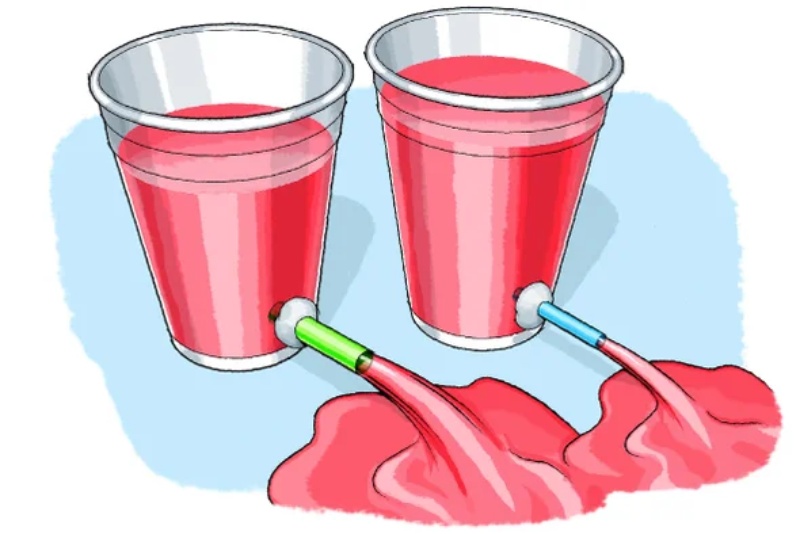The material used to build artery models has been tested and found to be suitable for use in medical education and surgical planning.
A transparent, smooth, and flexible material used to make model arteries has been examined by researchers at Hokkaido University to determine whether or not it can be used to plan individual patient surgical procedures and used in medical education. The Journal of Vascular and Interventional Radiology describes their work.
The ever-improving 3D printing technology is capable of producing blood vessel models that are not only significantly more appropriate for surgical practice than virtual simulations but also significantly more realistic than those created using more conventional methods. All types of models and simulations are applied in two key situations. They contribute to medical education by enabling general medicine and surgery students to learn how to handle and manipulate blood vessels prior to treating patients. In addition, radiology scans can be used to create highly accurate models of a patient’s artery and vein structure thanks to the sophistication of 3D printing. This lets surgeons practice on a model before carrying out intricate procedures.
By studying a material that is used to create transparent model arteries that replicate the flexibility, smoothness, and slipperiness of real arteries while also allowing for careful inspection, the Hokkaido team has improved its assessment of the 3D printing technology. By comparing the properties of the modeling materials to those of pig arteries and measuring parameters such as adhesive and tensile strength, compressibility, and friction, they were able to assess the materials’ suitability and accuracy.
The analysts call attention to future necessary research to address a few restrictions of this early work. Moving on to using actual human arteries as a comparison would make the procedure more applicable to treating patients. The methods that were used in this first study could also be used to find the best modeling resins for different applications. They also want to see how the tensile strengths of the models and the pig arteries, which they found to be different, might affect how doctors use the models.
Although creating individual patient-specific models can be very helpful in preparing for surgery, it is both costly and time-consuming. This restricts the use of personalized models to just the most anatomically challenging cases. “Making and storing models made with improved 3D printing processes could build a bank of examples for use in preoperative planning and for training,” Morita concludes.

 Diabetology1 week ago
Diabetology1 week ago
 Diabetology1 week ago
Diabetology1 week ago
 Diabetology6 days ago
Diabetology6 days ago
 Diabetology1 week ago
Diabetology1 week ago
 Diabetology1 week ago
Diabetology1 week ago
 Diabetology5 days ago
Diabetology5 days ago
 Diabetology3 days ago
Diabetology3 days ago
 Diabetology3 days ago
Diabetology3 days ago






